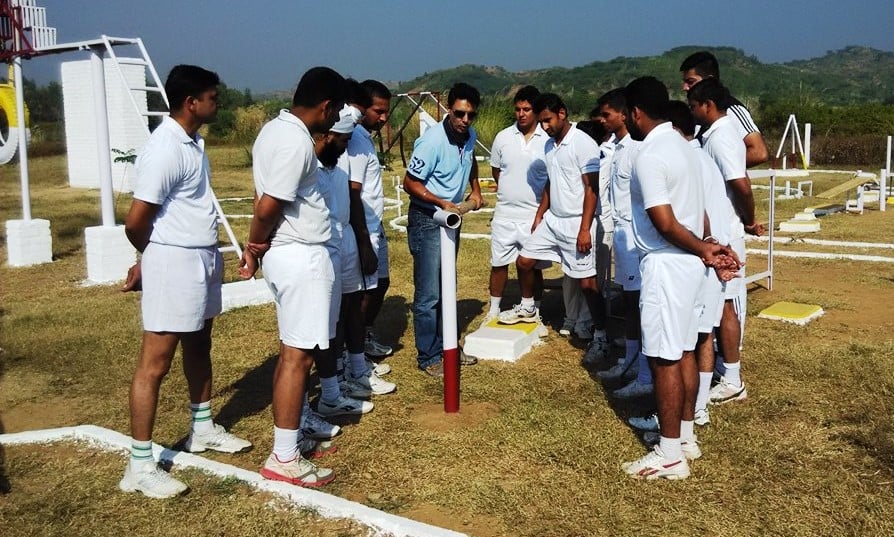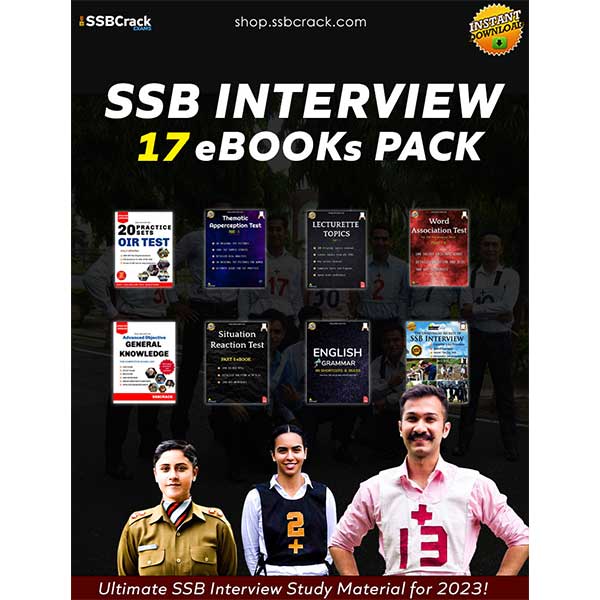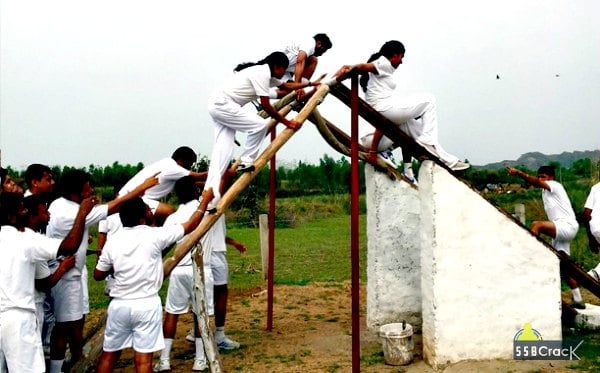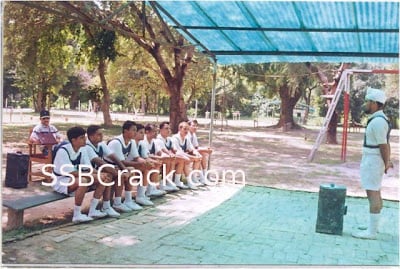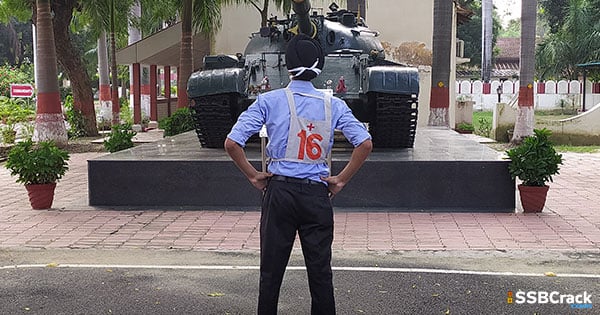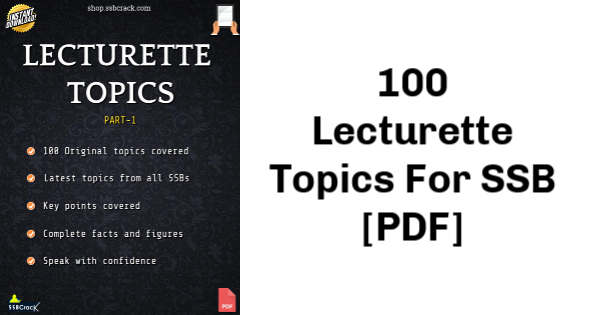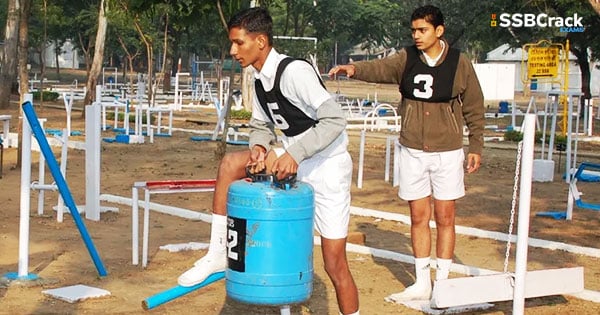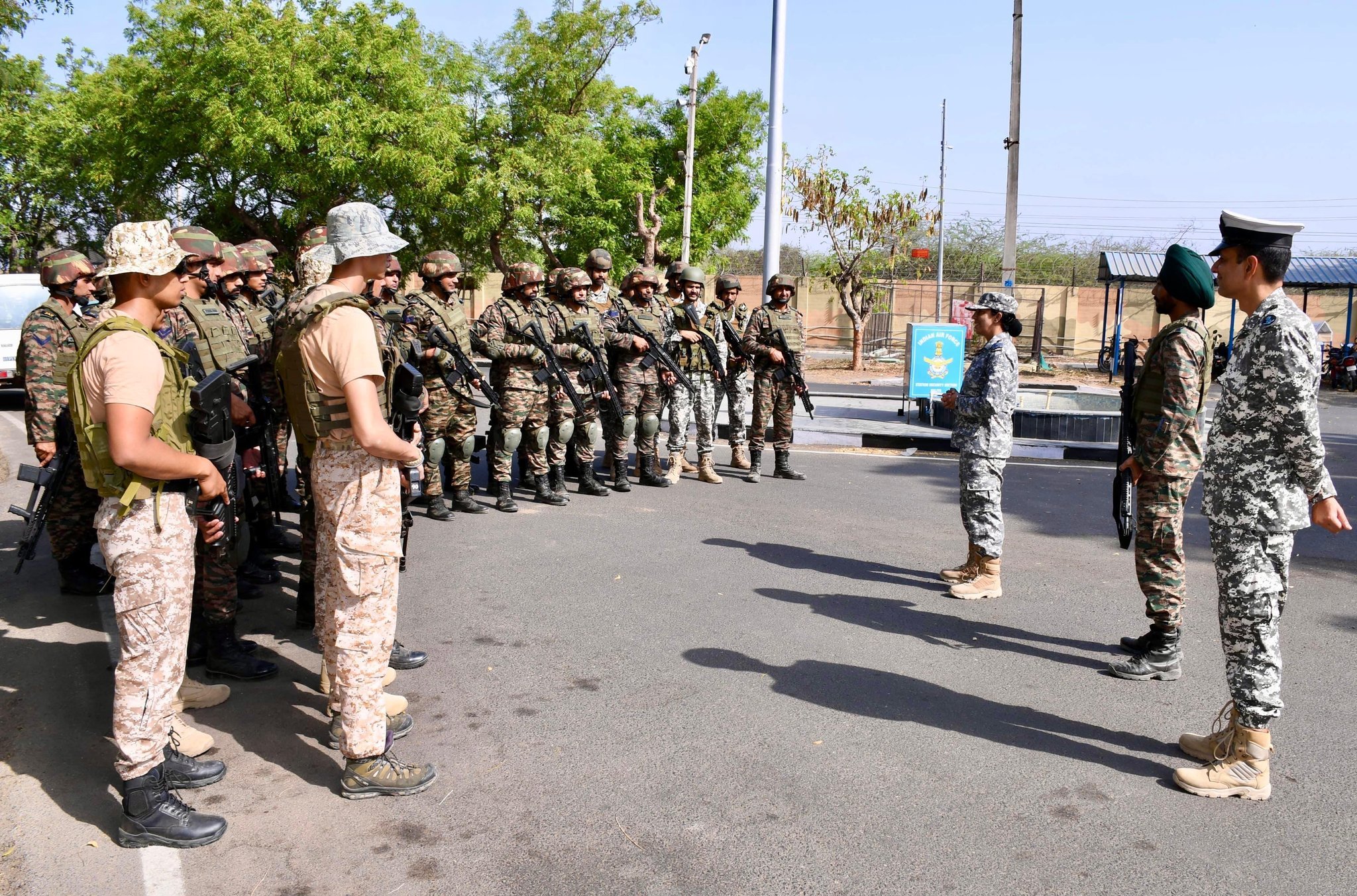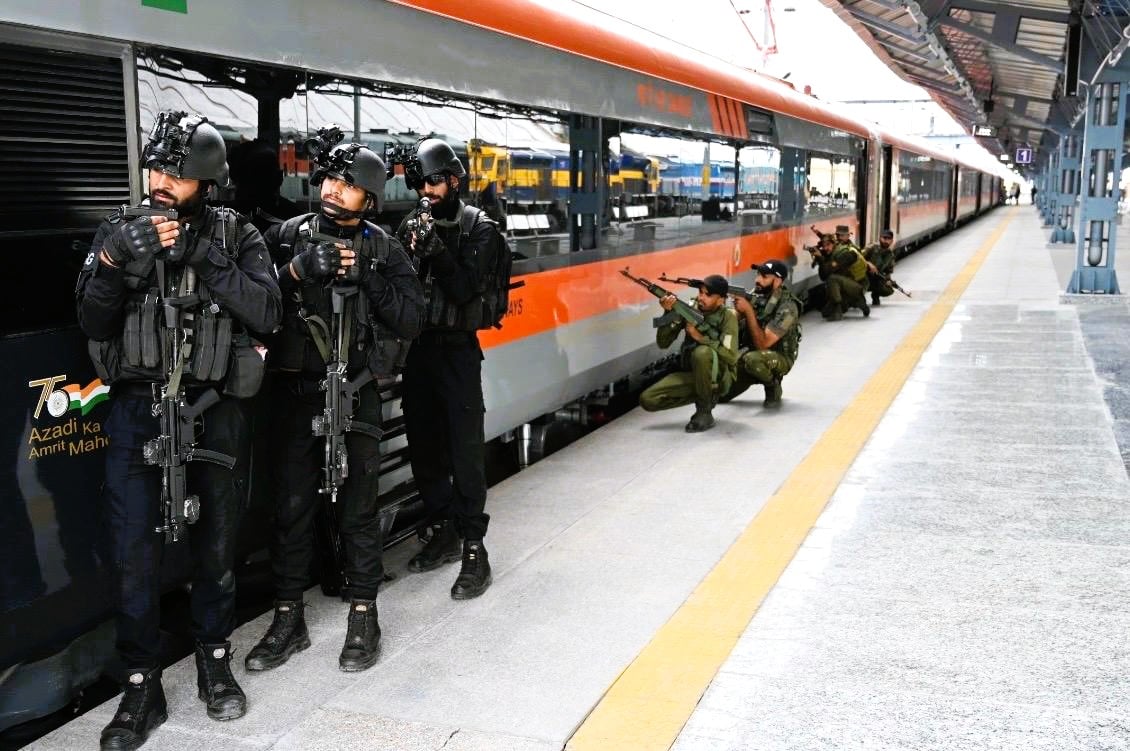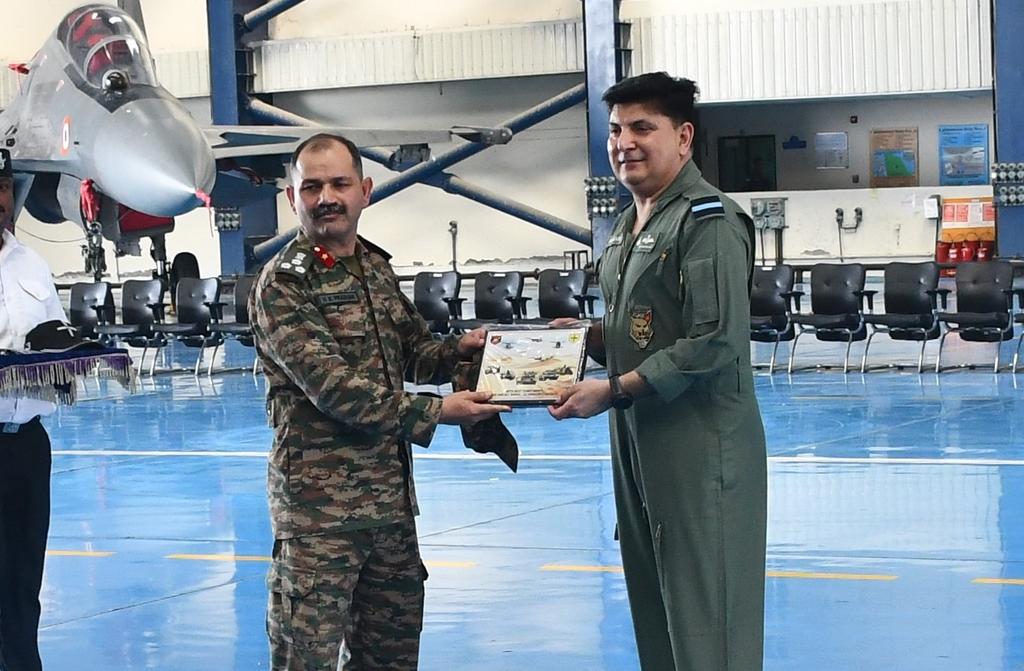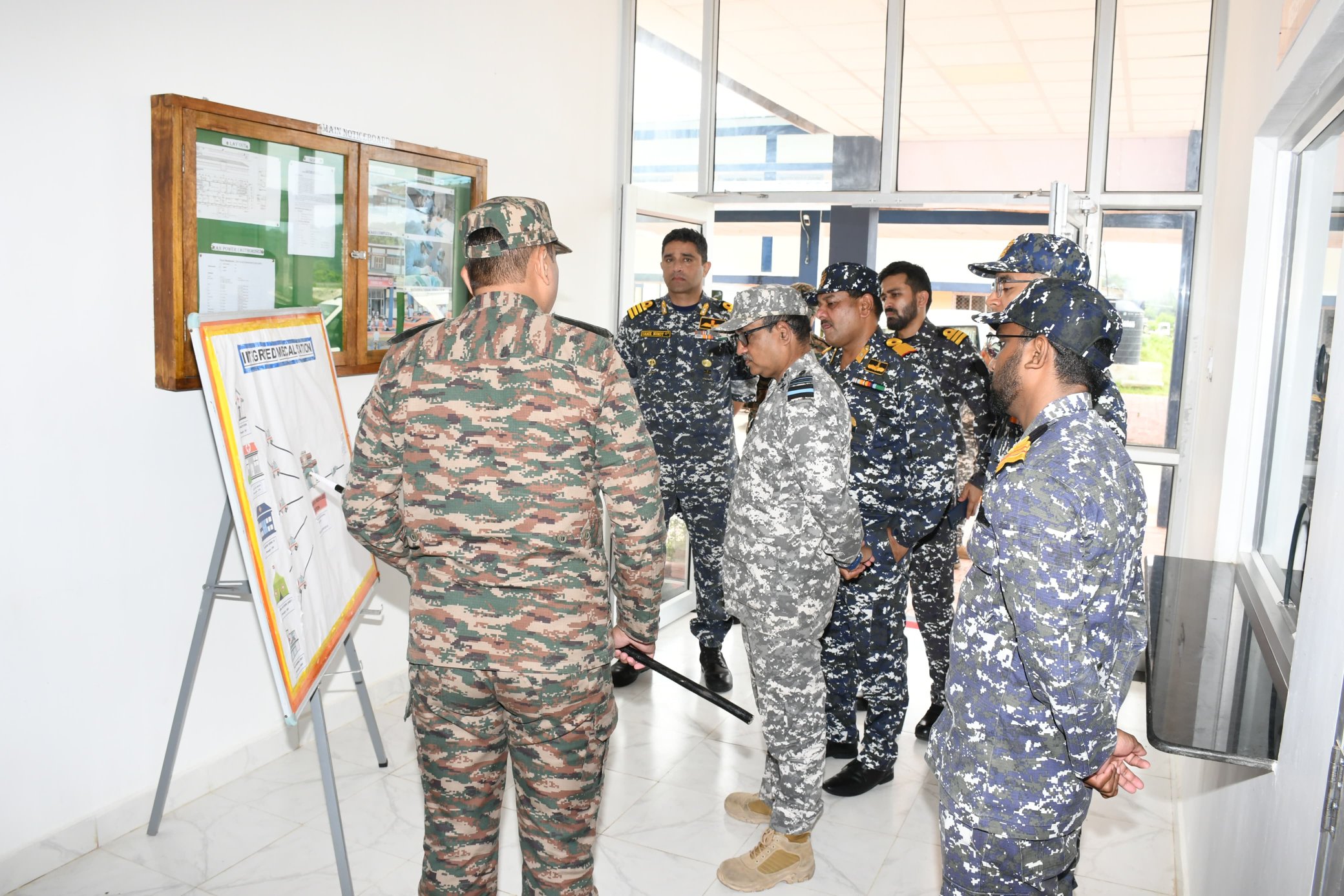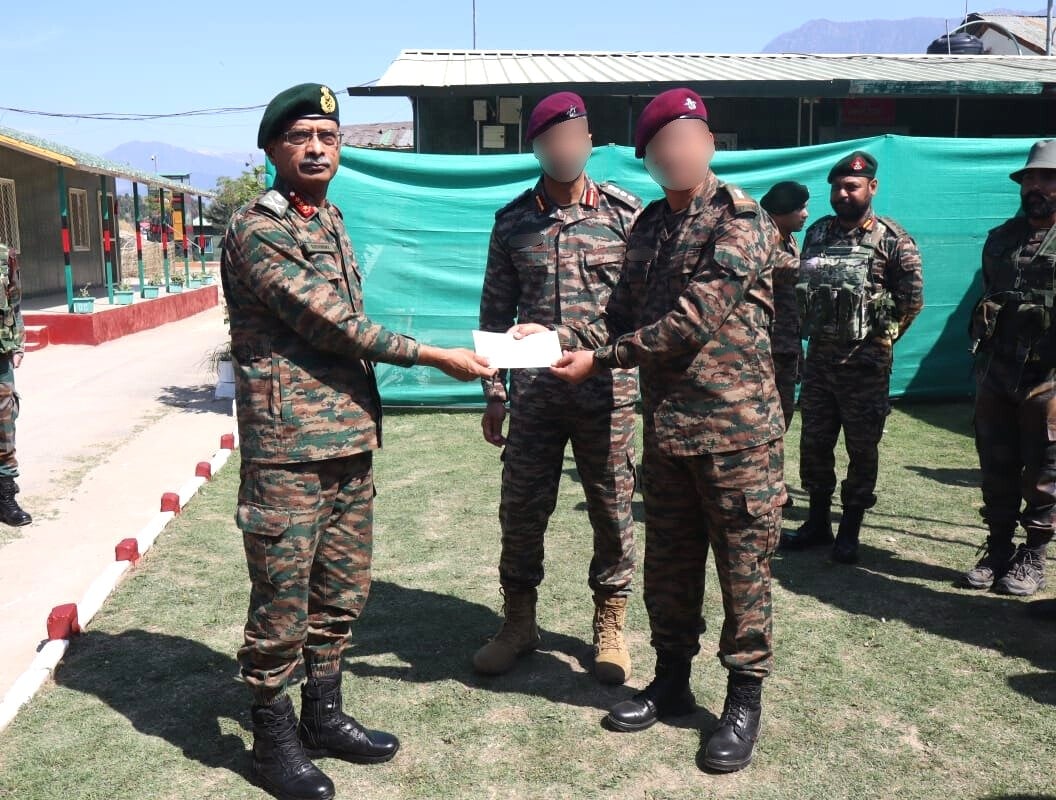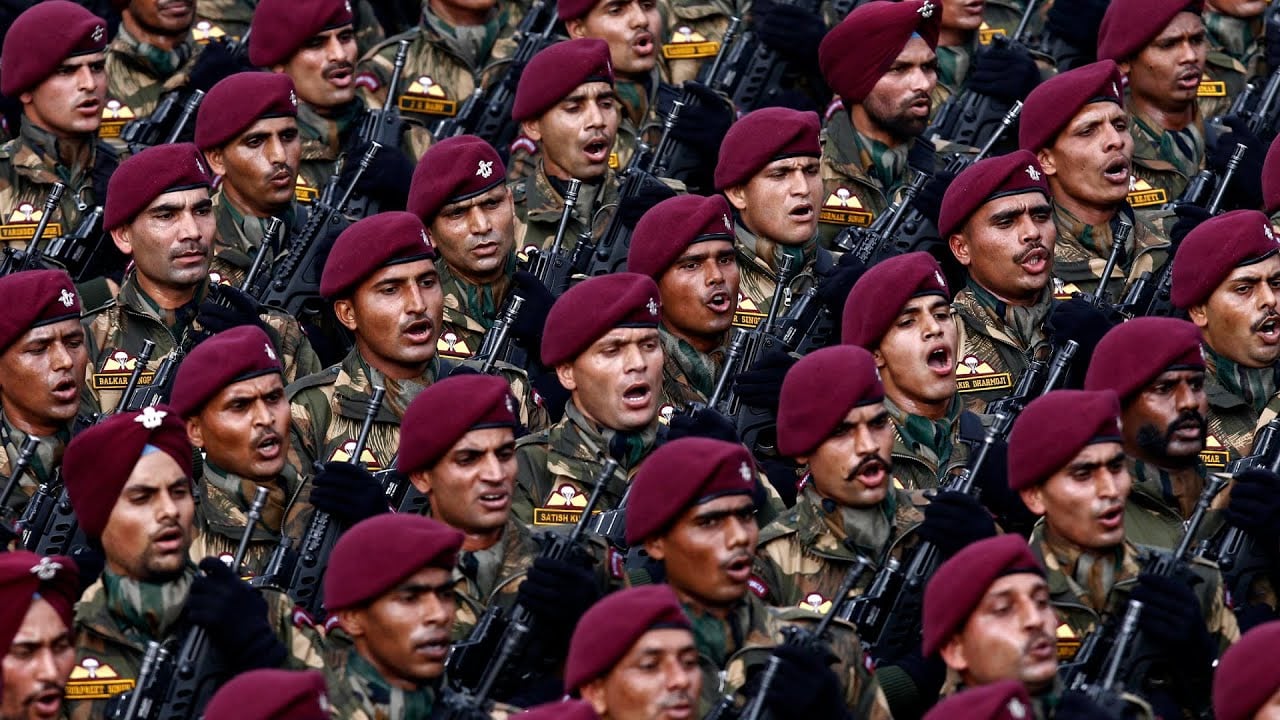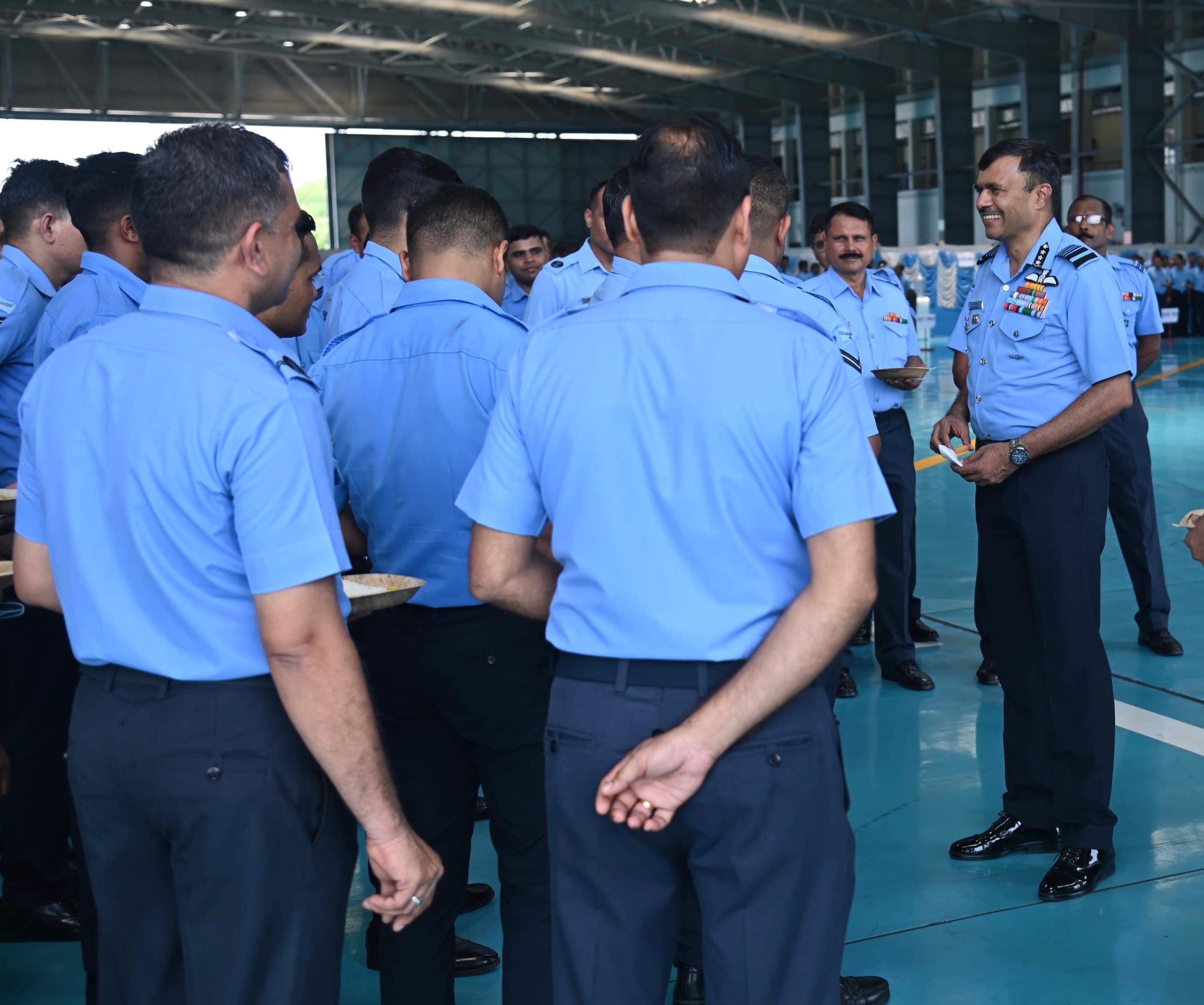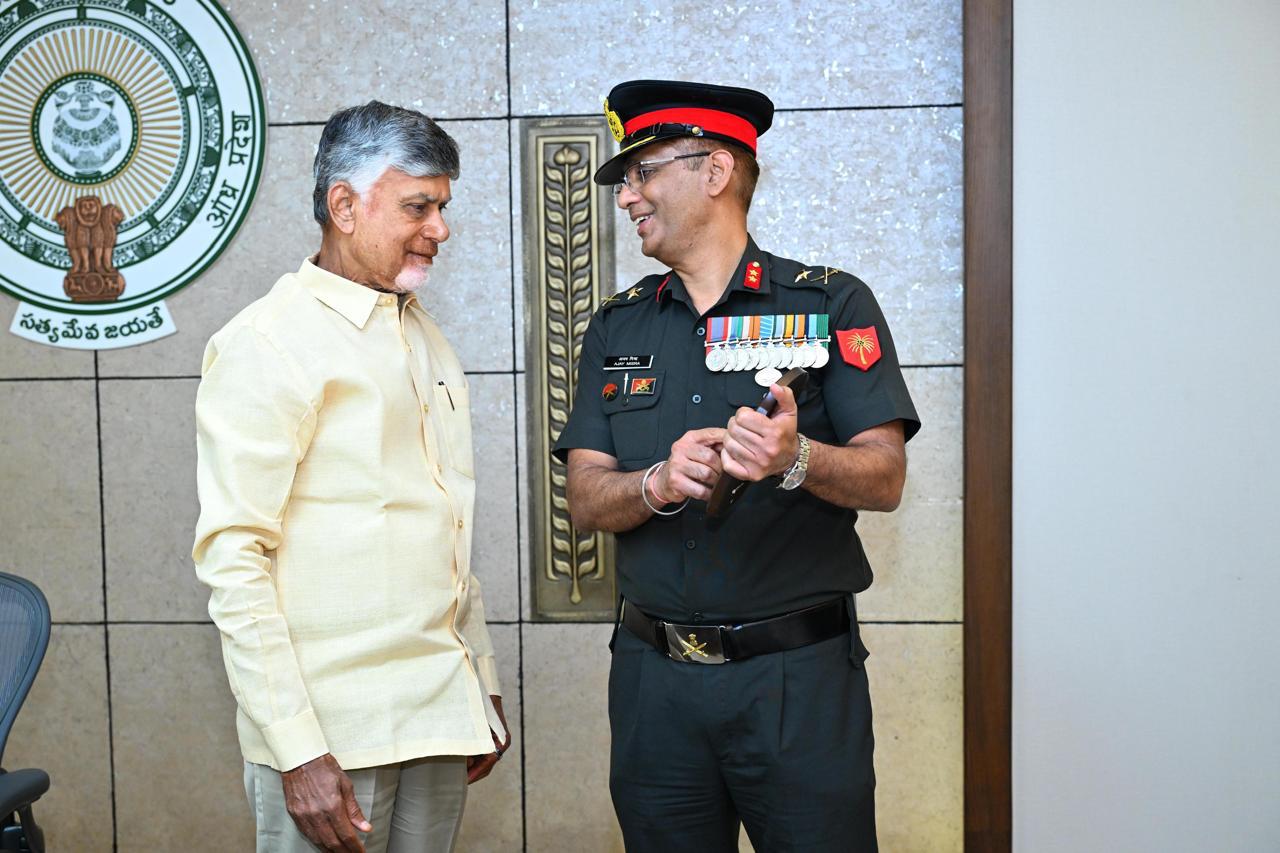The Services Selection Board (SSB) interview process is a comprehensive evaluation that scrutinizes a candidate’s potential and compatibility for a career in the Indian Armed Forces. One of the critical components of this assessment is the ground task challenges, which are meticulously designed to observe a candidate’s physical actions and decision-making skills in real-time scenarios.
Before embarking on these tasks, such as the Progressive Group Task (PGT), Half Group Task (HGT), Final Group Task (FGT), and Command Task, candidates must be well-versed in five fundamental rules highlighted by the Group Testing Officer (GTO). Adherence to these rules not only showcases a candidate’s ability to follow instructions but also highlights their teamwork, leadership, and problem-solving skills. Let’s delve into these essential rules:
1. Group Rule: The Essence of Teamwork
The group rule underscores the importance of unity and coordination within the team. It mandates that all members of the group must overcome each obstacle collectively before advancing to the next. This rule is critical in evaluating a candidate’s ability to work in harmony with others, their leadership qualities, and their selflessness. It is particularly emphasized during tasks like the Snake Race, where the group’s cohesive effort is paramount.
2. Color Rule: Understanding and Compliance
Ground tasks are set up with structures marked in three distinct colors – red, blue, and white, each signifying different rules of engagement:
- Red: These structures are off-limits for both physical contact by candidates and the placement of materials.
- Blue: Candidates may touch these structures but cannot use them to support any material. It tests the candidate’s ability to strategize while adhering to specific constraints.
- White: These are free-use structures for both candidates and materials, offering a degree of flexibility in approach.
Observing these color-coded instructions is crucial for demonstrating a candidate’s attention to detail and rule-following nature.
3. Distance Rule: Judgement and Innovation
This rule states that any gap wider than 4 feet must not be crossed by jumping, regardless of the candidate’s physical capability to do so. Instead, candidates are encouraged to bridge the gap using available materials, showcasing their ability to estimate distances accurately and utilize resources creatively.
4. Rigidity Rule: Resourcefulness under Restrictions
The rigidity rule prohibits the binding of two rigid materials, such as planks (phattas) and poles (ballis). This limitation forces candidates to think outside the box and explore alternative methods to use these materials without tying them together, emphasizing the importance of innovation within set boundaries.
5. Infinity Rule: Focus and Determination
Symbolizing the endless boundaries of the task area, the infinity rule ensures that candidates do not circumvent the challenges by moving around the obstacles. It demands focus, determination, and a strategic approach to navigate through the designated course, directly from start to finish, without taking shortcuts.
Additional Considerations
Beyond these fundamental rules, candidates must remember that the ground between the start and finish lines is off-limits for walking, errors are penalized, and personal materials cannot be used as aids. Each mistake or deviation from the rules can impact the overall assessment.
Conclusion
Adhering to these rules is paramount for candidates aiming to excel in the SSB ground tasks. They not only serve as a test of physical capability but more importantly, evaluate a candidate’s mental agility, teamwork, leadership, and ethical conduct. As you prepare for the SSB interview, internalize these rules to enhance your performance. Remember, success in these tasks is a blend of individual brilliance and collective effort, reflecting the core values of the Armed Forces.

